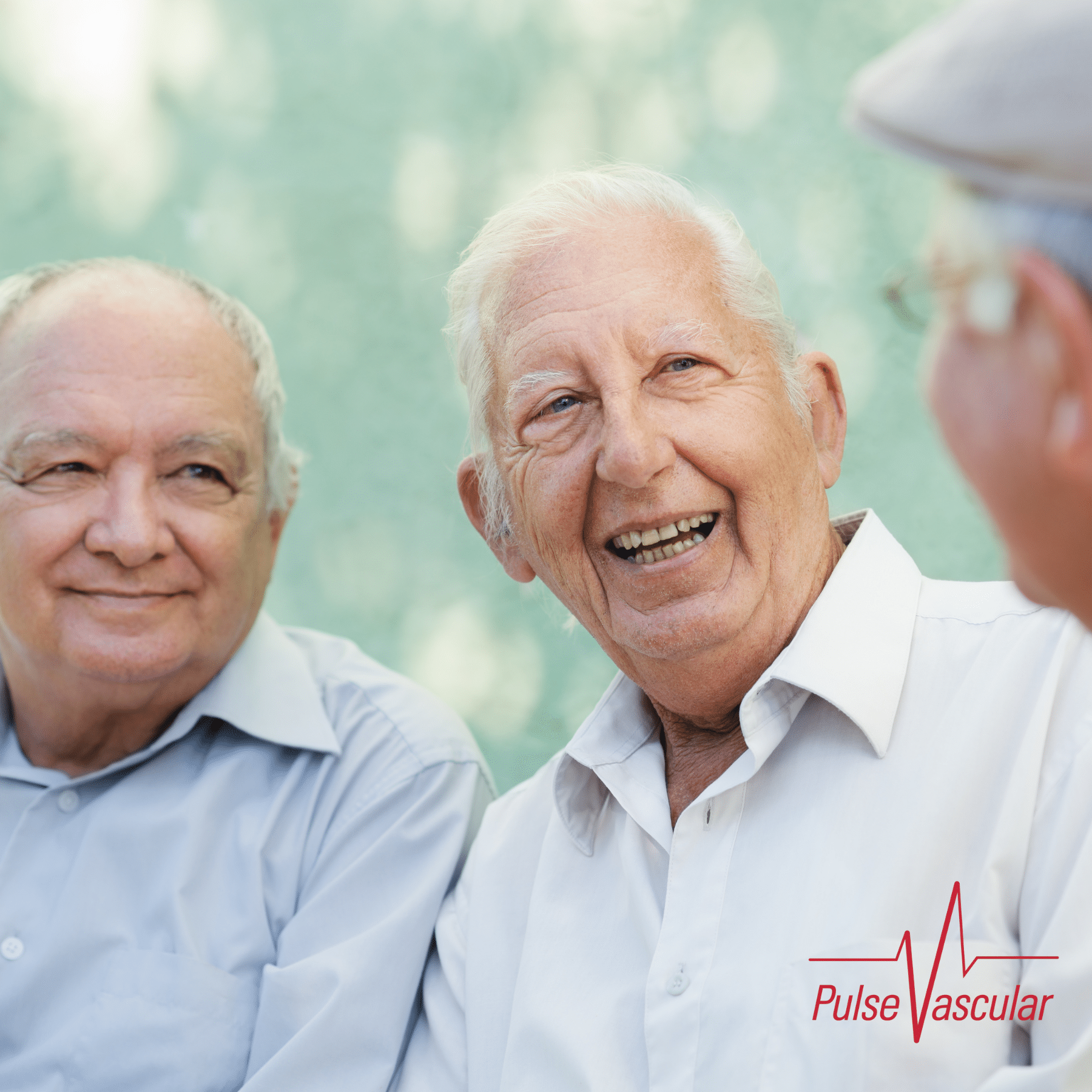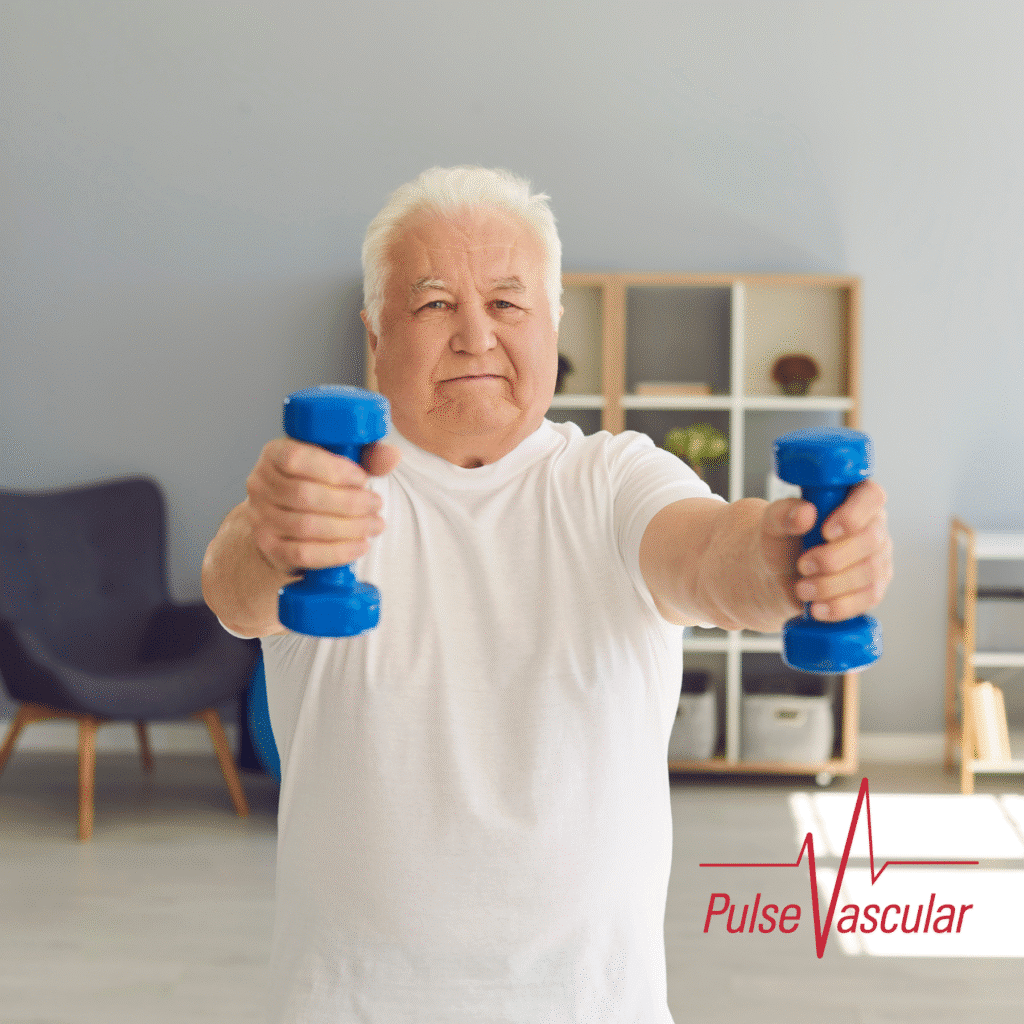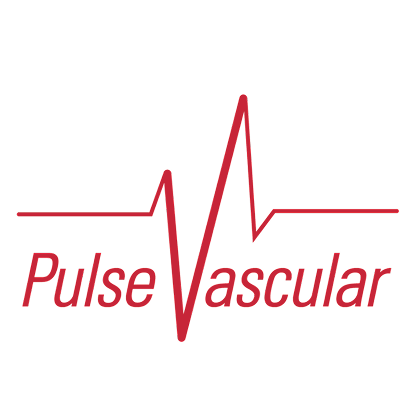
Peripheral Arterial Disease (PAD) is a serious but often overlooked condition that affects blood flow to the limbs, primarily the legs. It occurs when arteries become narrowed or blocked due to plaque buildup, a process known as atherosclerosis. While PAD can affect both men and women, it is more common in men, and the risk increases significantly after the age of 40.
Why PAD is a Silent Threat
Many people with PAD experience no symptoms in the early stages, making it difficult to detect. However, as the disease progresses, individuals may develop leg pain, cramping, or weakness, especially during physical activity. In severe cases, PAD can lead to chronic limb-threatening ischemia, which may result in ulcers, gangrene, and even amputation.
Risk Factors for Men Over 40
Men over 40 should be particularly vigilant about PAD, as several factors increase their risk:
- Smoking – One of the strongest risk factors for PAD. (NJ residents can get help to quit smoking at NJ Quit Smoking Quit Vaping | NJQuitline #NJQuitline)
- High blood pressure and cholesterol – These contribute to arterial damage.
- Diabetes – Can accelerate plaque buildup.
- Lack of physical activity – Exercise helps maintain healthy circulation.
- Age – The likelihood of PAD increases with age.
Prevention and Management
The good news is that PAD can often be managed or even prevented with lifestyle changes. Regular exercise, a healthy diet, and quitting smoking can significantly reduce the risk. If diagnosed, treatments may include medications, supervised exercise programs, minimally invasive endovascular procedures or surgical interventions to restore blood flow.
Peripheral Arterial Disease (PAD) can be sneaky, often showing no symptoms in its early stages. However, as it progresses, some common signs include:
- Leg pain or cramping (claudication) – Typically occurs in the hips, thighs, or calves during walking or exercise and eases with rest.
- Numbness or weakness in the legs – A sign of reduced blood flow.
- Coldness in the lower leg or foot – Especially when compared to the other side.
- Sores or wounds on toes, feet, or legs that don’t heal – A serious indication of poor circulation.
- Skin color changes – Legs may appear pale, bluish, or reddish.
- Shiny skin and slow-growing toenails – A subtle but telling sign.
- Hair loss or slow hair growth on the legs – Due to lack of nutrients reaching the area.
- Erectile dysfunction in men – Sometimes linked to PAD.
If you notice any of these symptoms, it’s a good idea to consult a healthcare professional for screening and advice. Early detection can make a big difference.
Treatments for PAD involve lifestyle changes, medications and interventions
Treating Peripheral Arterial Disease (PAD) focuses on reducing symptoms and preventing further progression. Here are the main approaches:
Lifestyle Changes
- Quit smoking – Tobacco use is a major risk factor for PAD.
- Exercise regularly – Supervised exercise therapy can improve circulation.
- Healthy diet – A diet low in saturated fats and rich in fruits, vegetables, and whole grains helps manage cholesterol and blood pressure.

Medications
- Statins – Lower “bad” cholesterol and reduce plaque buildup.
- Blood pressure medications – Help maintain healthy artery function.
- Diabetes management – Controlling blood sugar levels is crucial for PAD patients.
- Blood thinners – Aspirin or clopidogrel (Plavix) may be prescribed to prevent blood clots.
- Cilostazol – Can improve walking distance and reduce leg pain.
Interventional Procedures
- Angioplasty & Stenting – A minimally invasive procedure to open blocked arteries.
- Bypass Surgery – Creates a new path for blood flow around a blocked artery.
- Atherectomy – Removes plaque buildup from arteries.
Early detection and proactive management can significantly improve quality of life. At Pulse Vascular we can evaluate and treat underlying PAD. Click here to schedule your consult today.
